Once we’ve become literate, a veritable universe awaits our exploration – a universe of learning, wonder, and pleasure. And, whether most of us have considered it or not, we can and should continue to learn to read, at ever higher levels and in ways appropriate to the type of material we are about to read. 
Does it take the same degree of reading skill to read a textbook as it does a Batman comic? Do we read a page on the internet the same way we read a novel? Indeed, do we read the same way for both a page of paper and a page on the monitor screen?
Most of us find ourselves unconsciously adapting to the medium at hand, whether it be a trig textbook, a page-turner novel, or a blog page like this one, but we might be able to receive much more from our valuable time spent reading than we do now if we heed some very good advice that has proved over time to be exceptionally valuable.
If you’re a teacher, you already know these tips. If you’re a parent, well, you’re a teacher too and it would do you well to learn and pass on these techniques to the young readers in your family.
Welcome to the “Four Techniques of Reading”!
Skimming

(photo: Killy Ridols)
Skimming is exactly what it implies. You quickly glance at words and images as you page through the material, getting a feel for the magazine or book (or web page) as a whole and whether or not it is worth the effort. Just looking for titles, headings and quotations is one way you might skim over a piece.
Skimming over information you’ve already read in preparation for exams is a good use of this technique too. It won’t work so well if you rely solely on it for prepping for the exam, however!
Scanning
This is an especially valuable technique for informational reading like text books and professional literature and will prove to be time very well spent. Scan the table of contents to get an idea of how the book is organized. Page through it and take mental note of the illustrations, charts, graphs, and tables. Look at the footnotes. Does the author stuff them with information that you will want to pay attention to? You can do this is all of a few minutes. When you’re ready to begin the actual reading, you’ll have a good idea of what to expect and be prepared for it. Pay particular attention to the forwards and Introductions.
Intensive

(Photo: U.S. Navy photo by Airman Maebel Tinoko)
Now you’re getting into it! This is when you turn off the heavy metal blaring in the background and really pay attention. This is the method you’ll use to absorb what those text books are feeding you, or just what the fine print in a legal contract is all about. Pay attention to the points being made and, if you need to, re-read a sentence or paragraph. As hard as it may seem to do sometimes, re-reading is extremely valuable if you really want to get and retain what the author is telling you. I often discover after re-reading a sentence that I was mistaken in what I read the first time!
Get out of the habit of scanning or skimming your emails if you plan on replying to them. Read them carefully and save yourself some future embarrassment. And re-read “intensively” your replies before hitting the “Send” button too!
If you need to retain the ideas and knowledge being presented to you, read intensively!
Extensive
This is the method I most enjoy and you probably do too.

(Photo by iam Se7en on Unsplash)
To read “extensively” is to read for pleasure.You savor the words of the author and perhaps dwell on certain passages. If you’re a dyed in the wool reader you’ll set time apart for your reading and jealously protect it. You tend to get more out of it and actually grow your vocabulary as you see how words you aren’t familiar with work in context. If you’re teaching a young person to read, this is where you hope they soon end up: discovering the joys and pleasures of reading for themselves. The first time you see your young reader browsing through the bookshelves in the library or a book store, you’ll know you’ve given him or her the gift of a lifetime.
I would not be surprised at all if you have already mastered any or all of these techniques but just haven’t looked at them in a formulated way as noted here. I encourage you to consider passing these tips on to your young readers as you guide them through their lessons.
__________
Teaching someone to read? Do it with Alpha-Phonics in just a few weeks! Learn more at our website: www.alpha-phonics.com

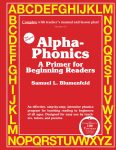
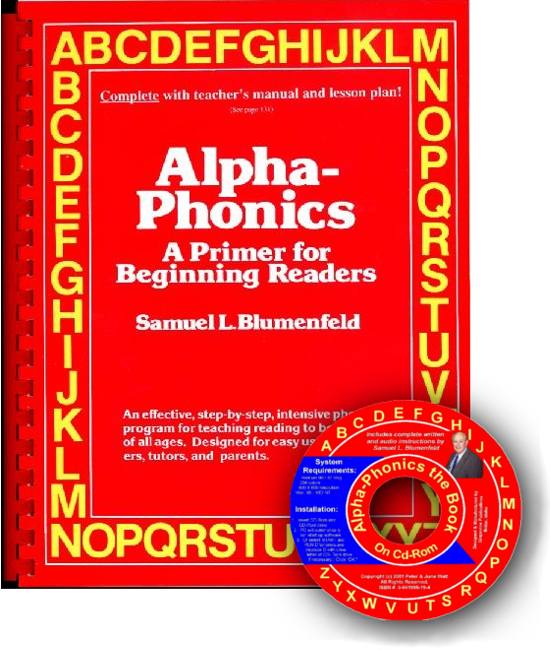 Alpha-Phonics
Alpha-Phonics The Alphabet Song!
The Alphabet Song! Water on the Floor
Water on the Floor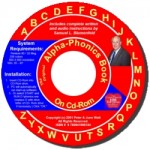 Alpha-Phonics the Book on CD Rom
Alpha-Phonics the Book on CD Rom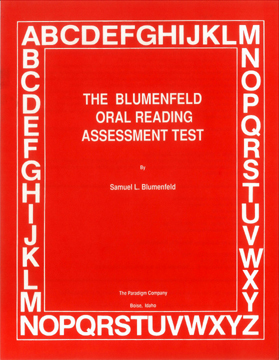 Blumenfeld Oral Reading Assessment Test
Blumenfeld Oral Reading Assessment Test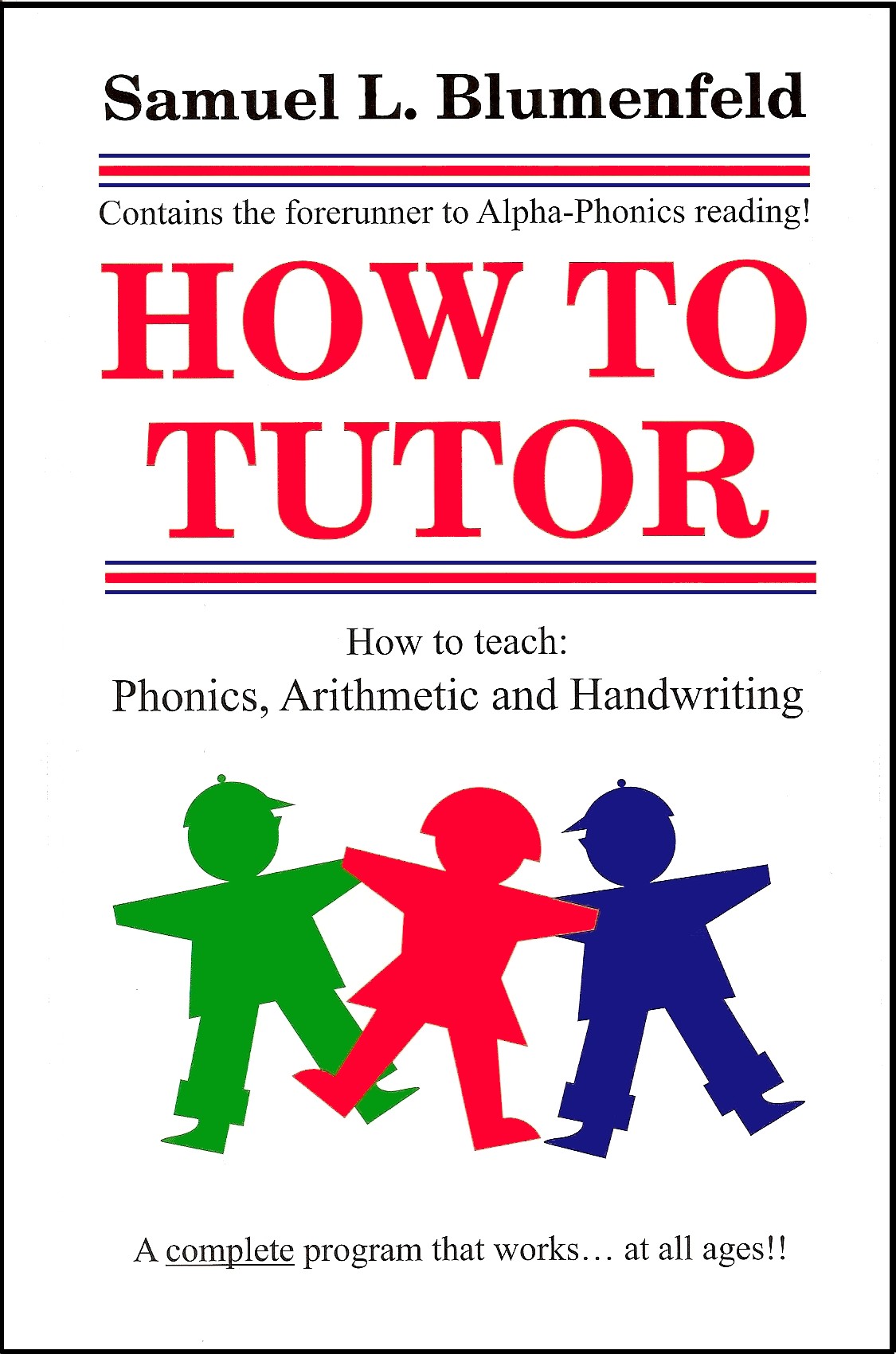 How To Tutor
How To Tutor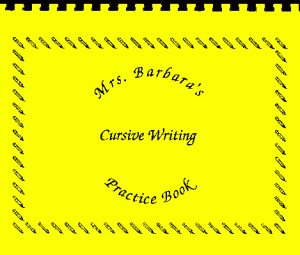 How To Tutor Cursive Handwriting Workbook
How To Tutor Cursive Handwriting Workbook